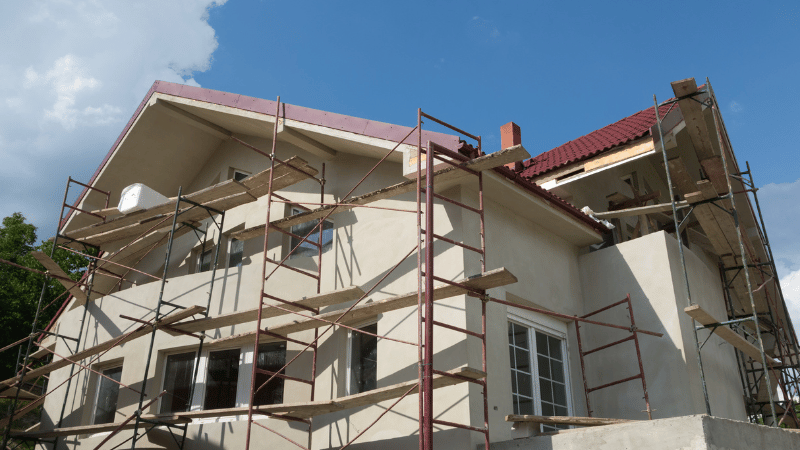Categories
How a 2nd Charge Mortgage Gets Completed Within Two Days

If you’re familiar with the weary wait for a high-street bank to approve your mortgage on a house-purchase, it can be a revelation how quickly second-charge finance can be authorised.
The key issues are approaching the right lender in the first place, having an application packaged and ready to go with all the supporting evidence needed, and the possibility of speeding up the valuation process by using a "desktop" valuation.
This type of online valuation, also known as an AVM (Automated Valuation Model), saves all the time involved in having to wait for a surveyor to visit the property and make their report.
An AVM may be acceptable when clients have built up sufficient equity in their mortgaged property, and the requested amount to be borrowed is well within the lender’s LTV threshold on 2nd charge borrowing.
Why take out a 2nd charge mortgage?
A second-charge can be used to raise funds for renovations, to start up a new business, pay for school fees or clear some debts.
Sitting "behind" the primary mortgage on a property, ("second in line" for payment) it’s secured (for the lender) against the value of your property, rather than primarily against your income. So there is the risk that you can lose the property if you can’t keep up with payments. And interest paid out over the lifetime of a mortgage can prove costly in the long run.
But when it’s well-managed by a borrower, who either repays it quickly, or is easily able to absorb the additional monthly payments, this can be a form of finance that offers speed and flexibility.
What are the mechanics?
One of the lenders we frequently work with, United Trust Bank, gives the example of a speedy £25,000 2nd charge mortgage raised couple within two days. The clients were looking for funds to clear credit cards and pay for some home improvements, and the charge was to be made against their main residence:
- The application submitted by their broker was "packaged" complete with the latest two payslips from each of them.
- UTB’s online AVM showed the property had increased in value since purchase, in line with the 10 comparable properties shown in the report.
- The confirmed value of the property was suitable for the amount of the loan requested, and UTB’s LTV requirement.
- The day after the application was received UTB issued an online Binding Offer for the clients.
- Offers are accepted by returning the original mortgage deed, which the clients were able to do the following day, allowing the application to be completed.
What can slow up the process?
- You need to have all the supporting evidence a lender needs, presented in the format that suits their application system.
- A broker will package-up your application for you, to ensure everything is there to help the lender maker their decision.
- The primary mortgagor on a property needs to approve an additional mortgage against the asset. Some high-street lenders have been unwilling to agree to any second charges, or are just slow in releasing mortgage documents
- A well-informed broker will be able to tell you straight away if your application is likely to be successful, and can propose alternative financing, if necessary.
- They will also chase your application through the system to get it completed quickly.
Contact Clifton Private Finance
Specialised lenders such as UTB don’t deal directly with clients, so you need to contact a broker experienced in second-charge mortgages who will look at the best loan rates available to you on the market, and send your application to the right lender.
Here’s an example of our latest quick-turnaround 2nd-charge application.














